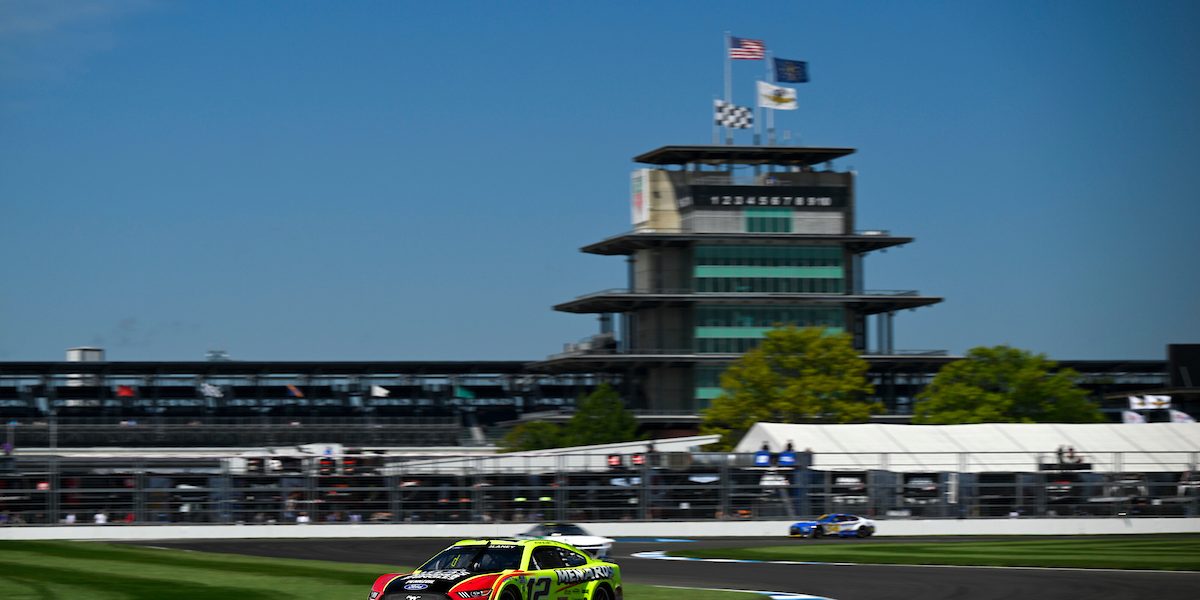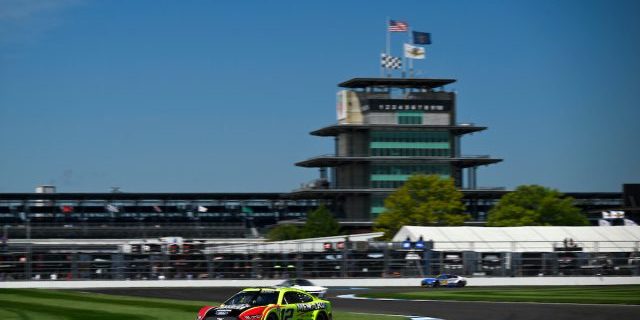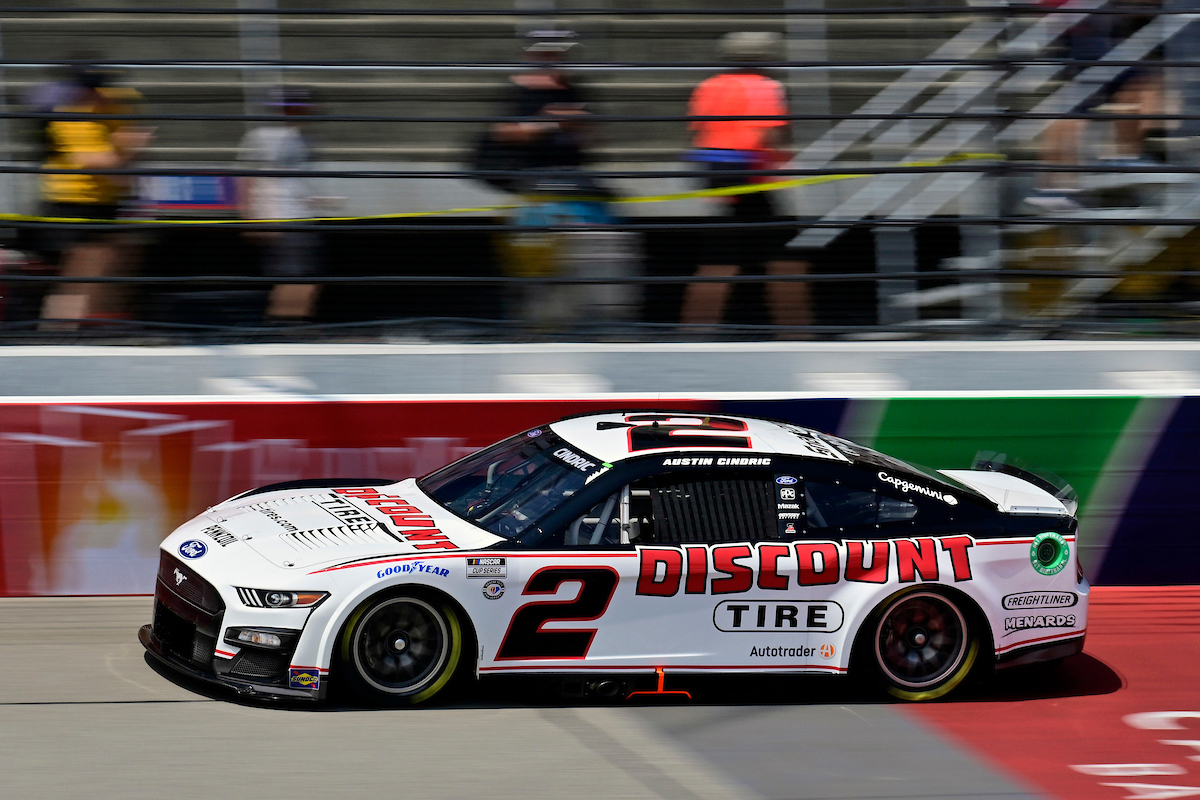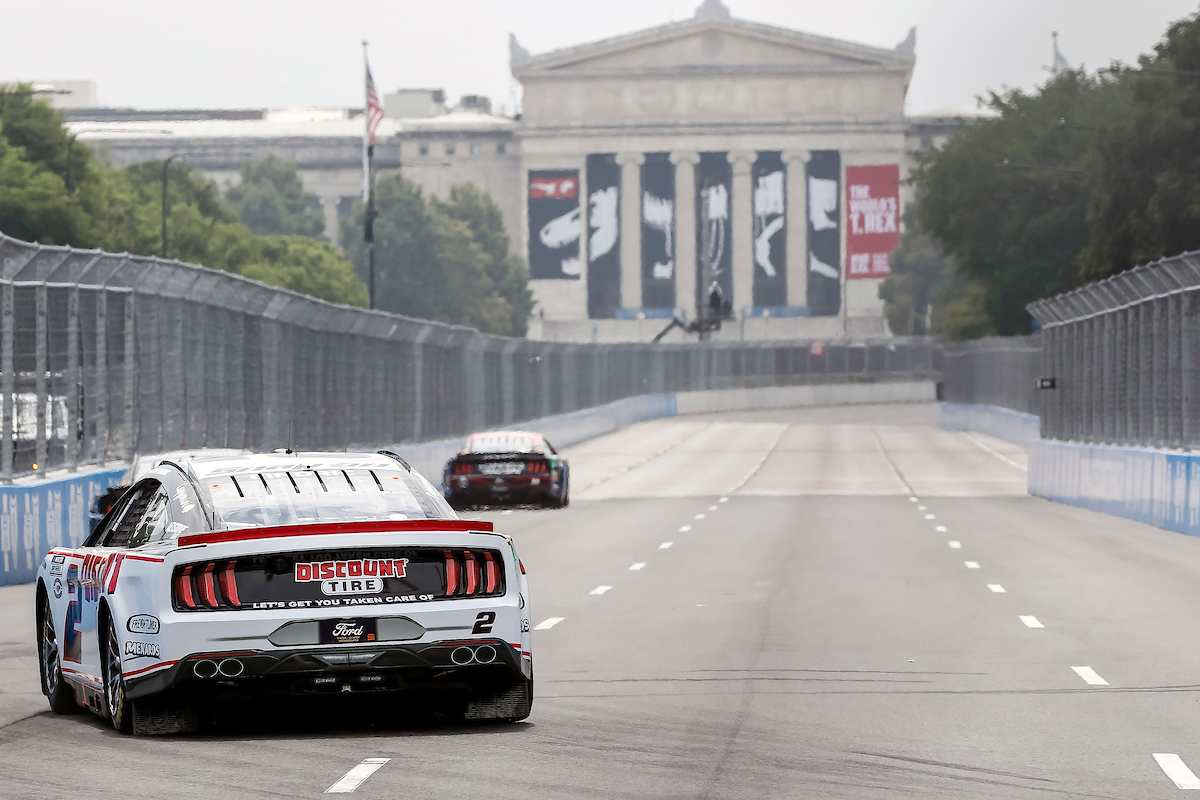How many races does a NASCAR engine last?


You’re a fan of high-speed, high-stakes racing, and you’ve always wondered: How many races does a NASCAR engine last?
In professional NASCAR racing, an engine typically lasts for about one to two races before requiring a rebuild. However, this can vary depending on various factors such as the type of race, conditions, and the specific requirements of the racing team.
In this article, we will delve into the lifespan of a NASCAR engine, the factors that contribute to its wear and tear, and the meticulous maintenance process that keeps these high-performance machines on the track.
Table of Contents
A Detailed Explanation of NASCAR Engine Lifespan
The One-to-Two Race Norm
NASCAR engines are built for high performance, not longevity. These engines are pushed to their limits during each race, operating at extremely high temperatures and RPMs. For these reasons, engines typically last just one to two races before they need a rebuild. Some teams might try to stretch the engine’s limits a little further, but doing so increases the risk of engine failure during a race—a situation everyone wants to avoid.
Factors That Affect Lifespan
Several factors can affect how long a NASCAR engine lasts. The type of track plays a significant role; for example, engines tend to last longer on short tracks than on superspeedways due to different RPM requirements. Environmental conditions like temperature and humidity can also impact engine wear and tear, requiring different maintenance schedules.
The Rebuilding Process
Once an engine reaches the end of its short but high-performing life, it is taken apart, inspected, and rebuilt. This doesn’t mean that every component is replaced; rather, worn parts are swapped out, and the rest are meticulously cleaned and prepared for the next race. The rebuilding process is as much an art as it is a science, requiring a blend of engineering expertise and hands-on experience.
Costs and Constraints
One of the major considerations for teams is the cost involved in maintaining these engines. High-quality parts, expert labor, and state-of-the-art diagnostic equipment all contribute to a hefty price tag for keeping an engine race-ready. These constraints make it imperative for teams to maximize the engine’s performance within its limited lifespan.
The Maintenance Schedule: Preventing Breakdowns Before They Happen
To ensure that a NASCAR engine lasts as long as possible without losing performance, routine maintenance is key. But unlike your average family car, NASCAR engines require a level of attention that’s far more intricate and detailed. After every race, the engine is thoroughly inspected for wear and tear. Any signs of damage, however minute, are addressed immediately to prevent catastrophic failures in future races.
In addition to inspections, NASCAR engines also undergo frequent tunings to optimize their performance. The precise adjustments made to the air-fuel mixture, ignition timing, and valve timings can have a significant impact on how well the engine performs, and by extension, how long it lasts.
Innovations in Engine Technology: The Future is Faster and More Durable
As racing technology advances, we are beginning to see innovations that could potentially extend the lifespan of NASCAR engines. For instance, advancements in materials science have given us engine components that are both lighter and more durable, thereby reducing wear and tear. Computer-aided design (CAD) and computational fluid dynamics (CFD) are used to optimize airflow and cooling, further extending engine life.
With these advancements, it’s plausible that future NASCAR engines could last for more than just one or two races. While the cost would be significantly higher, the trade-off could be worth it for the potential gains in performance and durability.
What Happens to Used NASCAR Engines?
After a NASCAR engine has been rebuilt multiple times, or if it has suffered an irreparable failure, it doesn’t just get tossed in the junkyard. In many cases, the engines are sold to lower-tier racing circuits or used in educational settings. Sometimes, the engines are completely disassembled, and the parts are studied for research and development purposes.
This not only helps to recoup some of the costs but also provides valuable insights into how engines wear over time and under extreme conditions. These insights can then be used to develop better, more durable engines for future races.
Onward we go to more intriguing aspects of NASCAR engine lifespans.
The Role of Sponsorships in Engine Maintenance
As we’ve mentioned, maintaining a high-performance NASCAR engine is not cheap. One key factor that enables teams to meet these costs is sponsorship. Corporations that sponsor NASCAR teams often provide the financial backing required to ensure the engines are kept in tip-top shape. In return, these companies get to advertise their brand, products, or services to the millions of fans who tune in to watch the races.
The relationship between sponsors and teams is a symbiotic one. High-performance engines lead to better race outcomes, which in turn attract more viewers and offer more exposure for sponsors. It’s a cycle that keeps the engines revving and the fans cheering.
Engine Lifespan vs. Competitive Edge: Striking a Balance
For racing teams, the challenge is to strike the right balance between extending the lifespan of an engine and ensuring it’s competitive enough to win races. Using an engine for more than the typical one or two races might save costs, but it could also result in reduced performance. This competitive disadvantage could lead to poorer race outcomes, which might not sit well with sponsors or fans.
Race strategies often revolve around this delicate balance. Teams must decide when to push the engine to its limits and when to play it safe to ensure it lasts through the next race. This often involves a complex set of calculations that take into account the type of race, track conditions, and even the specific competitors they’re up against.
The Environmental Impact of NASCAR Engines
Another topic that’s gaining traction is the environmental impact of using these high-performance engines. NASCAR engines are far from being eco-friendly, and as climate concerns continue to mount, the sport is under increasing pressure to adopt more sustainable practices. Some teams are exploring the use of biofuels, while others are looking into hybrid technology.
While these innovations may not significantly extend the lifespan of a NASCAR engine, they do offer the possibility of making the sport more sustainable in the long run. This is becoming increasingly important as both fans and sponsors become more environmentally conscious.
How many races does a NASCAR engine last? – Final Thoughts
By now, you’ve gained a comprehensive understanding of how many races a NASCAR engine lasts and the numerous factors that affect its lifespan. From the one-to-two race norm to the future of more durable and possibly even sustainable engines, the world of NASCAR is as complex as it is exhilarating. Keep your eyes on the track and your mind open to the incredible engineering that goes into every race. Trust me, it makes the experience all the more thrilling.
How many races does a NASCAR engine last? – FAQ
Q: Do NASCAR teams use the same engine for practice, qualifying, and racing?
A: Generally, no. Teams often have separate engines for practice, qualifying, and the actual race to preserve the race engine’s lifespan.
Q: How much does it cost to rebuild a NASCAR engine?
A: The cost can range from $20,000 to $50,000 depending on the extent of the rebuild and the quality of the parts used.
Q: Are NASCAR engines street-legal?
A: No, NASCAR engines are built for racing and do not meet the emissions and safety standards required for street-legal vehicles.
Q: What type of fuel do NASCAR engines use?
A: NASCAR currently uses a blend of 15% ethanol (E15) and 85% gasoline to power its engines.
Q: Can a NASCAR engine be repaired during a race?
A: While minor repairs can be made during pit stops, significant engine issues usually mean the end of a race for that car.










